cat nasal polyps symptoms
Answer 1 of 2. The cause of nasopharyngeal.

My Cat Has A Swollen Nose Causes And Treatments
These are blobs of inflammatory tissue that protrude into the nasal passages and can get so large that they start hanging in front of the airways causing a difficult obstruction to breathe around.

. They are benign growths. Polyps in the back of your cats throat could cause snoring difficulty breathing and problems swallowing. The discharge may be clear or have some blood in it.
Sometimes polyps grow back in which case they can. Symptoms Chronic nasal discharge Rapid shallow breathing tachypnea Sneezing Coughing Snoring. These include sneezing nasal discharge sometimes reverse sneezing a startling honking sound thats basically a reflex caused by the cat trying to clear the throat.
Affected cats may have trouble breathing. Nasal polyps can often be surgically removed with traction or avulsion. Polyps in the middle ear can affect your cats balance and can lead to ear infections that are difficult to treat or keep coming back.
This will allow a deep ear canal exam and for the mouth nasal cavity and area above the soft palate to be examined. Occasionally they may arise from the Eustachian tube or throat lining. I can only give you info based on my experience with cats with polyps.
The vet said the possibility of nasal polyps is possible but highly unlikely due to his age at only 5 months old. Nasopharyngeal polyps can cause signs of upper respiratory disease such as increased sounds associated with breathing sneezing and nasal discharge. Nasal Squamous Cell Carcinoma in Cats.
Other signs of polyps may include dizziness and a head tilt for otic polyps or sneezing for nasal polyps. Sneezing nasal discharge gagging a change in voice. Nasal Pharyngeal Polyps in Cats.
Nasal polyps are most frequently observed in young cats. Since I have been a cat owner for all my 74 years have bred and shown purebred cats for about 25 years have done fosteringrescue for well over 50 years and currently own a small private sheltersanctuary. Affected cats may have trouble breathing Commonly observed clinical signs include sneezing increased respiratory sounds and nasal congestion.
She suggested a CT scan for and to see a specialist to come up with a plan which involves lotsa. She said it could be a congenital abnormality or a mechanical obstruction whatever that is. The clinical signs of nasal polyps can vary depending on the location of the polyp.
They are benign growths. If your cat develops nasal polyps he may have varying symptoms depending on the location of the polyps. The signs of nasal polyps often mimic an upper respiratory infection however these signs may persist with little response to medical therapy.
Excessive or frequent sneezing. Symptoms commonly seen in cats with nasal polyps are sneezing nasal discharge reverse sneezing snoring and breathing difficulties. If this occurs the cat develops nasal discharge and sneezing.
Common symptoms of nasal polyps in cats may include the following. Though technically benign ie not having the tendency to spread or worsen appreciably nasopharyngeal polyps can cause big problems for cats. Symptoms commonly seen in cats with nasal polyps are sneezing nasal discharge reverse sneezing snoring and breathing difficulties.
Clinical signs of nasal cancer may include. They are usually diagnosed in animals under the age of two and cause symptoms that include some combination of the following. Why Does My Cat Have A Runny Nose The Dog People By Rover Com.
Where a polyp is nasopharyngeal so not in the ear but at the back of the throat above the soft palate the cat normally shows more respiratory-type signs. If the polyp has extended into the ear signs may include pawing at the ear head shaking head tilt or discharge from the ear. Naso-pharyngeal polyps are the most common masses that are seen in the external ear canal in cats.
These polyps typically arise from the middle ear and extend through the Eustachian tube into the nasopharynx. If nasal polyps grow from the ear canals or middle ear head shaking loss of balance excessive ear scratching and head tilt can be observed from affected feline patients. What causes nasopharyngeal polyps.
Signs Symptoms and Diagnosis of Hyperthyroidism in Cats. Pulling a polyp out relieves the symptoms immediately and sometimes cures the problem entirely. Weight loss Refusal to drink or eat Swallowing difficulties Ear infection The odor from the ear Nystagmus Ear scratching Balance problems Head shaking Head tilt Nasal discharge Noisy breathing Changes in meow Difficulty breathing.
These polyps typically arise from the middle ear and extend through the Eustachian tube into the nasopharynx. The signs of nasal polyps often mimic an upper respiratory infection however these signs may persist with little response to medical therapy. Symptoms commonly seen in cats with nasal polyps are sneezing nasal discharge reverse sneezing snoring and breathing difficulties.
Symptoms and Types Many of the same symptoms as nasal polyps Trouble with swallowing dysphagia Trouble breathing in dyspnea Frequently tilting head to the side Ear infection inflammation of the ear canal otitis Symptoms of Horners Syndrome. Occasionally they may arise from the Eustachian tube or throat lining. Drooping of eyelid sunken eye protruding third.
Snoring in a cat that has always been a quiet sleeper. The signs of nasal polyps often mimic an upper respiratory infection however these signs may persist with little response to medical therapy. Nasal Squamous Cell Carcinoma in Cats.
Pawing at face or rubbing the face on objects. Visible nasal swelling or facial deformity. If your vet suspects a polyp they may recommend an exam under sedation or anesthesia.
Rarely cats can experience loss of balance and different pupil sizes. Nasopharyngeal polyps can cause signs of upper respiratory disease such as increased sounds associated with breathing sneezing and nasal discharge. Dyspnea Pneumonia Labored and noisy breathing nasal discharge head shaking sneezing difficulty in swallowingall of these clinical signs suggest that a cat is harboring an upper respiratory problem.
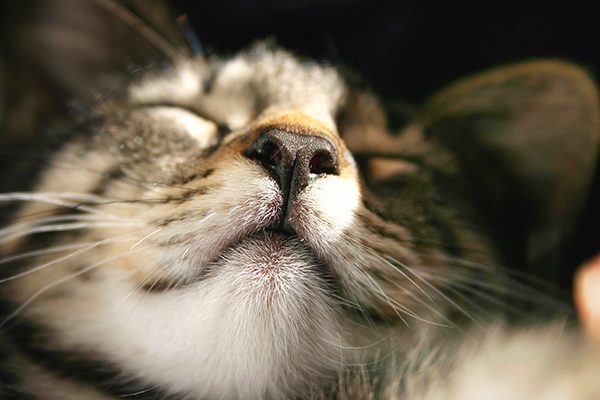
Learn About Nasal Cancer In Cats Petcure Oncology
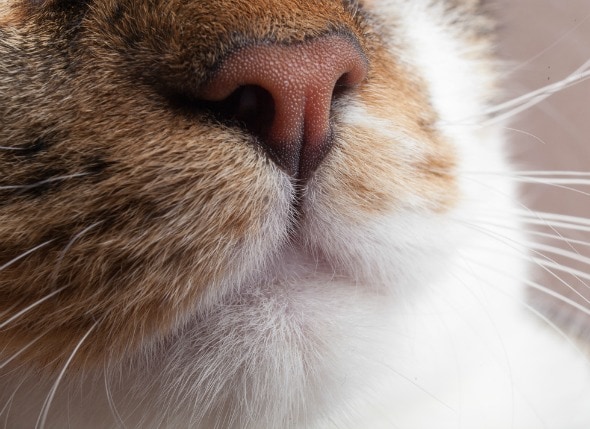
Pink Growths In The Nose And Pharynx In Cats Petmd
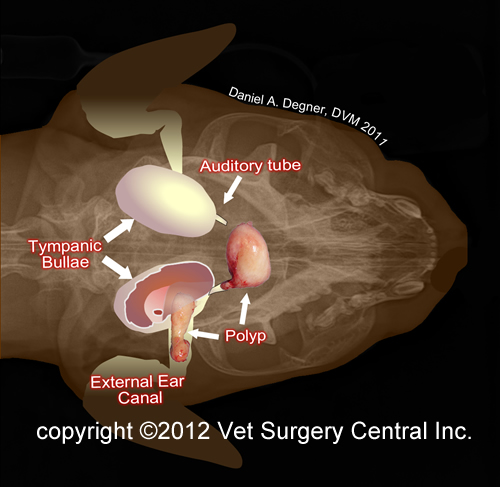
Animal Surgical Center Of Michigan Veterinarian In Flint Mi

I Think My Older 16 Year Old Cat Has A Nasal Polyp He Is The Love Of My Life He Has What Look To Be A Pink Swollen
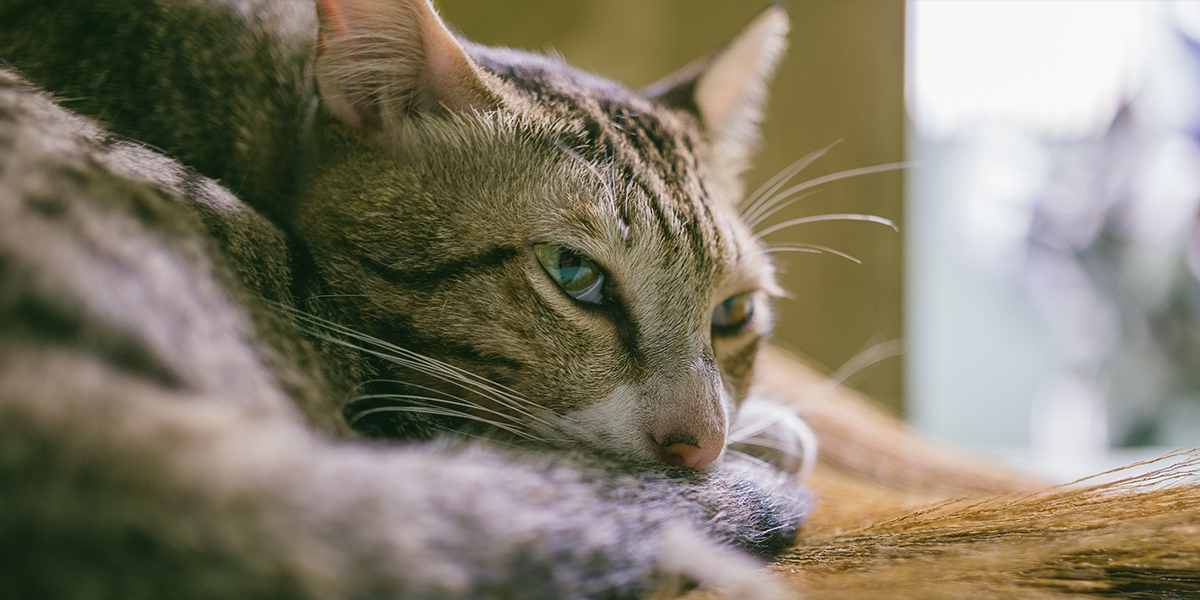
Chronic Upper Respiratory Tract Disease International Cat Care

Sniffly Sneezy Snuffler Cats Grand Avenue Veterinary Center

Nasal Polyps In Cats Symptoms And Treatment Options Kingsdale Animal Hospital

Nose And Sinus Inflammation In Cats Petmd
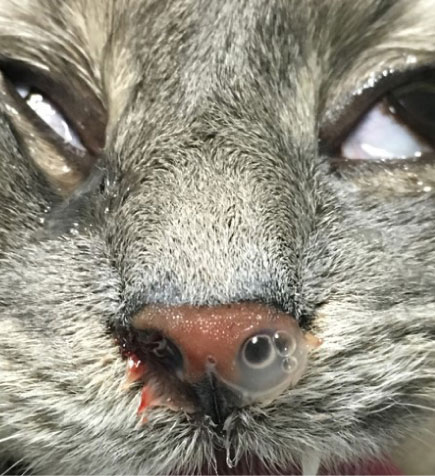
Idiopathic Chronic Rhinitis In Cats
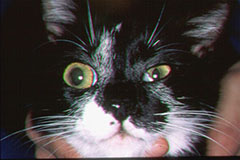
Nasopharyngeal Polyps American College Of Veterinary Surgeons Acvs
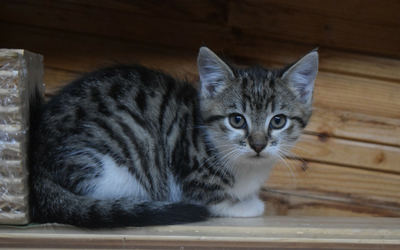
Nasal Polyps In Cats Vca Animal Hospitals
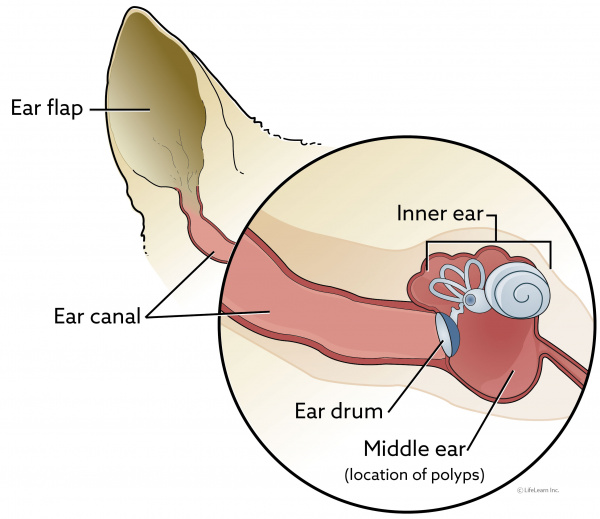
Nasopharyngeal Polyps In Cats Vca Animal Hospitals

Inflammatory Polyps In Cats The Cat Clinic

Inflammatory Polyps In Cats The Cat Clinic




